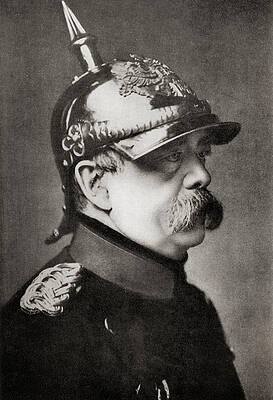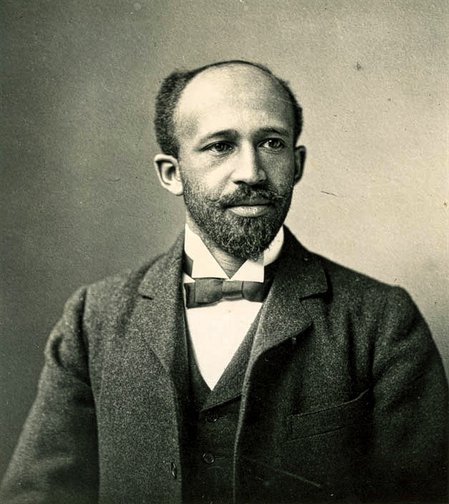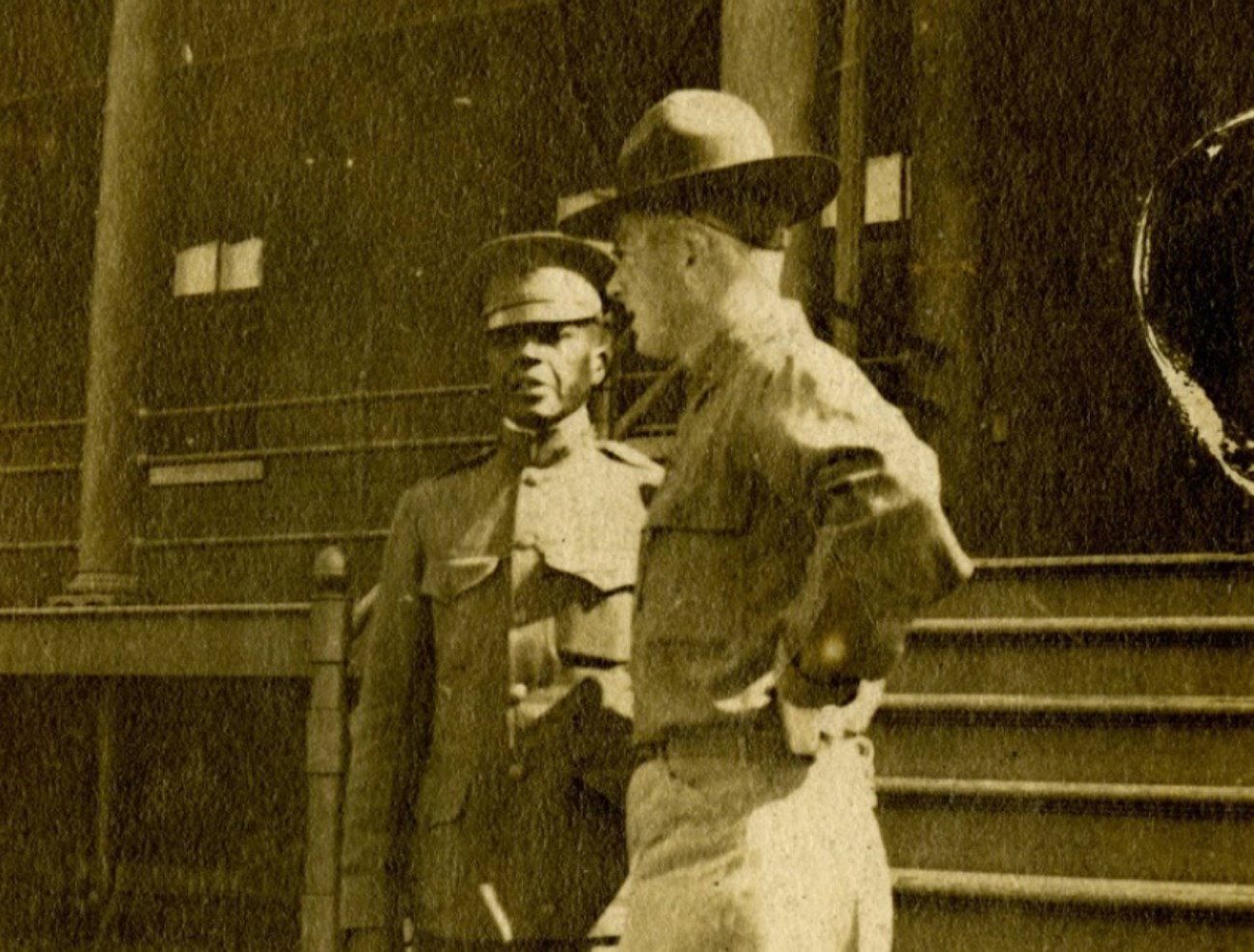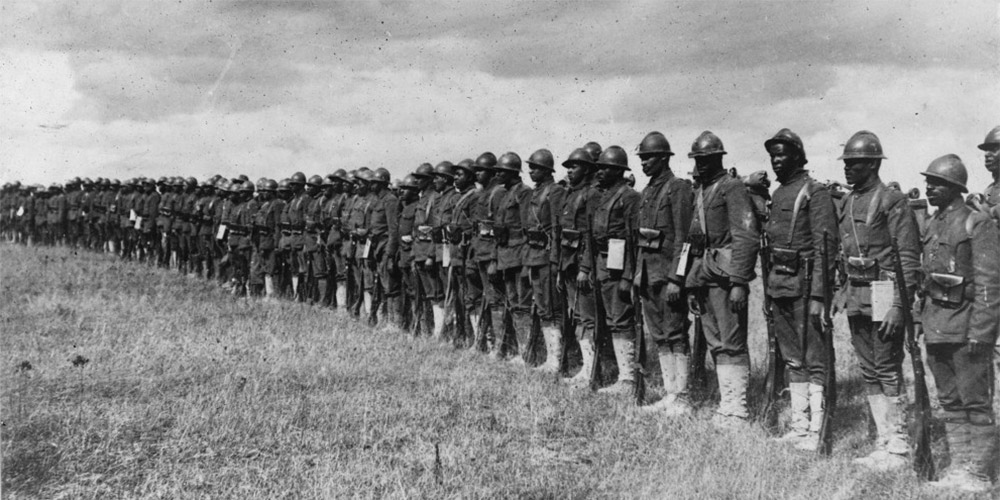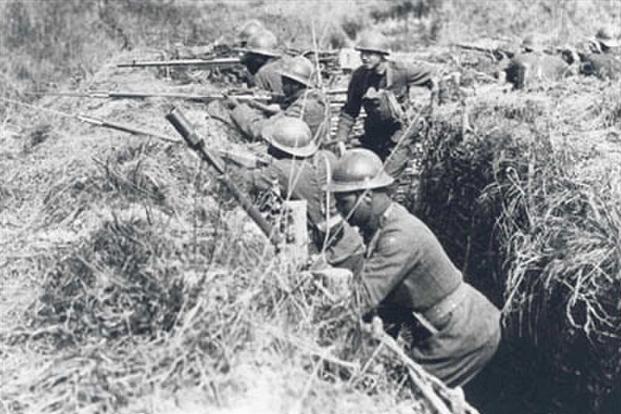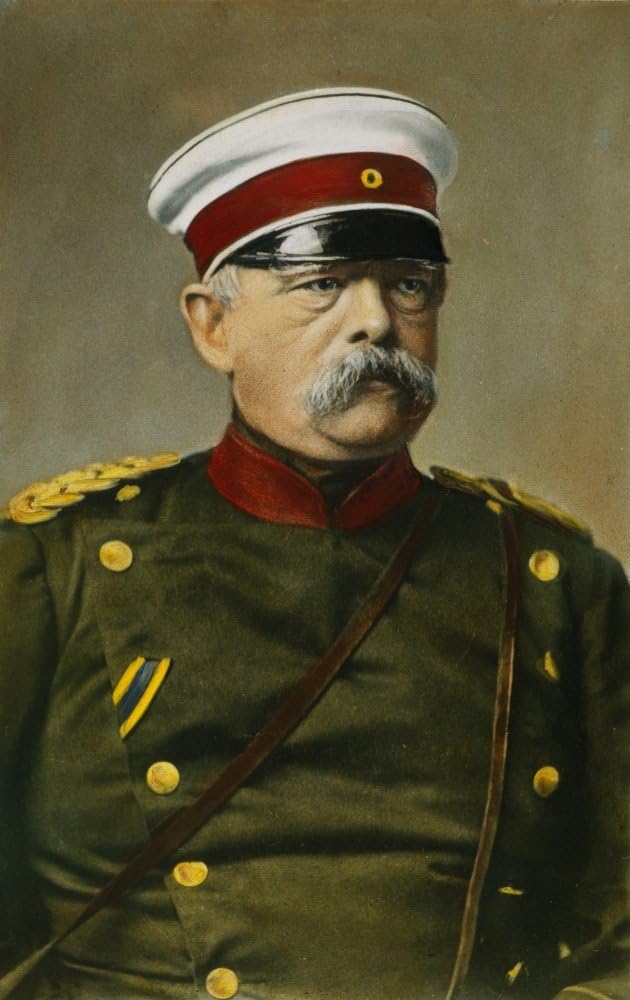
(German Chancellor Otto von Bismarck)
It might surprise most of you that Germany has only been a country since 1871. By the mid-19th century Germany was a series of states, thirty nine to be exact. The dominant principalities were Prussia and Bavaria, one dominated the Lutheran north, the other the Catholic south. The question must be asked, how was it unified? Many argue it was the work of the eventual German Chancellor, Otto von Bismarck whose brilliant realpolitik fostered wars with Denmark, Austria, culminating with the unification of the north and south through war with France. Another important question revolves around the idea that Germany was unified because of Bismarck’s brilliance and his opponents in other countries/kingdoms were not exceptional intellects, particularly King Louis Napoleon III. Did Bismarck lure his foreign opponents into wars, creating a nationalist movement that gave the Chancellor the opportunity to use Prussia as the cudgel to bring about the new country.
If one has read the works of Otto Pflanze, Jonathan Steinberg, or A.J.P. Taylor it is clear that Bismarck learned an important lesson during the Revolutions of 1848 – Germany could not be unified from below – it had to be unified from above, superimposing Prussia on the rest of the German states. It is obvious that the unification of Germany was a complex endeavor that engenders many questions, and it lends itself to an important book by Katja Hoyer, a German-British historian entitled, BLOOD AND IRON: THE RISE AND FALL OF THE GERMAN EMPIRE 1871-1918.
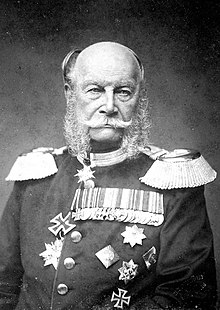
(German Emperor Wilhelm I)
Hoyer does an excellent job of synthesis as she tackles “the Second Reich” under Wilhem I through his grandson, Wilhelm II in this short volume. Do not let its length take away from Hoyer’s incisive analysis as she explains how Germany was unified, then remarkably how Bismarck decided that after unification, Germany was satiated and turned to domestic issues and away from further foreign wars. He resorted to diplomacy by isolating France through a series of alliances and stole the socialist domestic thunder by adopting some of their programs. Further, he did not want to get involved in the imperialist race for colonies since Germany’s creation had upended the European balance of power; he did not want to create enemies that would lead to war. Hoyer argues correctly that once Bismarck passed from the scene in 1888, Wilhelm II would negate the Bismarckian realpolitik for a much more aggressive foreign policy which would eventually lead to the events of August 1914 and four years later Germany’s defeat in World War I.
Despite the fact that Hoyer’s monograph is only 239 pages, it is crammed with historical assessments, personality analysis, and a deep dive into the cause and effect of important events. Hoyer displays a firm knowledge of sources and writes in an easy style that allows a clear understanding of information that at times can be dense. The author offers many interesting points that seem off the beaten track, but in reality impact the course of German history. A case in point is her discussion of the Grimm brother’s fairy tales and its impact on the unity of German culture. Others include the relationship between Kaiser Wilhelm I, his son Friedrich III, and Wilhelm II, the Kaiser’s grandson. The Kaiser tried to stay in the background and let Bismarck lead, Friedrich who died after 99 days on the throne was much more liberal than his father, and his son Wilhelm II was an aggressive and insecure man who would lead Germany to ruin.
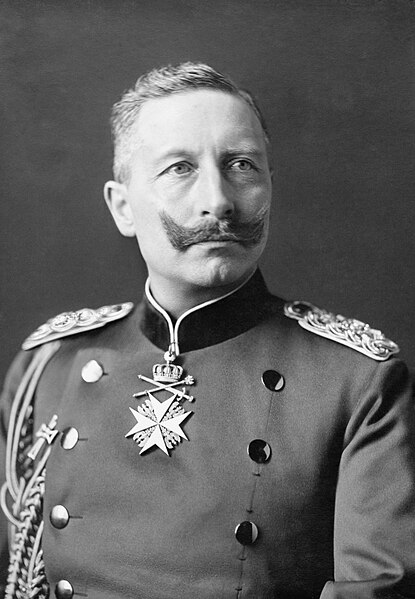
(German Emperor Wilhelm II)
Hoyer carefully explains the rise of Otto von Bismarck and his relationship with Wilhelm I. She examines his approach to domestic and foreign policy, and it is clear from her presentation that Bismarck was far more competent than anyone he dealt with as he manipulated people and events to achieve his goals. She vociferously argues against the idea that there is a straight line in German history between Bismarck and Adolf Hitler. She continues stating the Bismarckian system was inherently flawed, but it did not set Germany upon the inevitable path to war and genocide. Bismarck was aware how the unity of the German states threatened the European balance of power after 1871 and was very careful not to create situations that would foster foreign intervention into German affairs. Obviously, Bismarck used war as a political tool, but once his goals were achieved he turned more to protect unification and deal with domestic issues like the perceived socialist and Catholic threats, resulting in social legislation and the Kulturkampf which was a response to Papal overreach.
The key figure apart from Bismarck in Hoyer’s rendition of German history is Wilhelm II who saw himself as another Frederick Barbarossa who would lead Germany’s return to greatness. According to Hoyer, Wilhelm II saw no need for Chancellors, Ministers, or political realities to mitigate his power, which was an unworkable concept at the turn of the century which only became apparent to him when it was already too late. Wilhelm II had no comprehension of the complexity of Bismarck’s schemes in domestic and foreign affairs that held Germany together and allowed it to prosper. Despite his succumbing to flattery from certain officials resulting in cunning manipulation, feelings of insecurity, and his rejection of republicans and liberals his belief in the glory of Germany which deserved its rightful place in the world power structure was very popular with the German people. The belief in authoritarianism and militarism is supported by a wonderful vignette dealing with an unemployed cobbler named Wilhelm Frederick Voight who acquired military costumes, dressed up as an officer and ordered soldiers and officials around as he seized Berlin City Hall with no one questioning his actions – according to Hoyer, a response to the uniform, highlighting German respect for authoritarianism and militarism.
(German soldiers in the trenches of World War I)
Hoyer is on point as she argues that for disparate Germans to come together they needed a sense of the common enemy, further she argues “the system fell because it was flawed from the outset, built on foundations of war, not fraternity.” German historian Gerard DeGroot’s review sums up well what an effective job Hoyer has done; “There’s nothing particularly new in this assessment. The most impressive feature of this book is not its thesis but its brevity. Until now, I didn’t realize that it was possible to write a short book about Germany. Succinctness is an impressive and sadly undervalued quality in an author. A strict word count is a cruel tyrant; difficult decisions about what goes in have to be made and creativity inevitably curtailed. Hoyer nevertheless manages to pepper her trim narrative with some lovely frills. The mark of a really good short book is its ability to inspire curiosity. “Blood and Iron” achieves just that. Careless historians often draw a straight line from Bismarck to Hitler. That, Hoyer argues, is “simplistic.” There’s much to admire in what Bismarck created and Wilhelm ruined. Important elements of the Second Reich survive in today’s Germany, a nation widely respected as stable, mature and responsible. What this story reveals is how easily governmental institutions can be destroyed when people are led astray by intoxicating notions of a place in the sun. That, perhaps, is a lesson for us all.”*
- DeGroot, Gerard. “One Man, Three Wars, and the Creation of Germany,” Washington Post. January 7, 2022.
